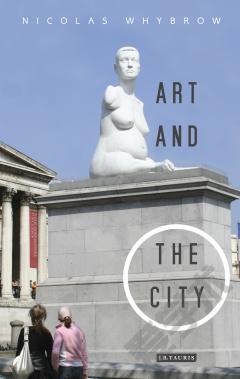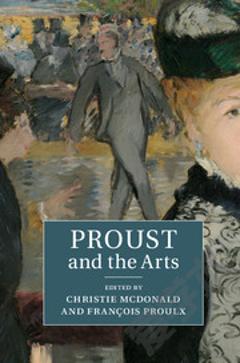Art and the City
To Henri Lefebvre, the space and 'lived everydayness' of the inter-dependent, multi-faceted city produces manifold possibilities of identifiction and realisation through often imperceptible interactions and practices. 'Art and the City' takes this observation as its cue to examine the role of art against a backdrop of globally rising urban populations, taking into account the more recent performative and relational 'turns' of art that have sought in their city settings to identify a participating spectator - an implicated citizen. In exploring how artworks present themselves as a means by which to navigate and plot the city for a writing interlocutor, Nicolas Whybrow discusses diverse examples, representing three key modern modalities of urban arts practice. The first, walking, involves works by Richard Wentworth, Francis AlA s, Mark Walllinger and others, the second, play, includes art by Antony Gormley, Mark Quinn and Carsten Holler. The third, cultural memory, Whybrow addresses through the controversial urban holocaust memorial sites of Peter Eisenman's memorial in Berlin and Rachel Whiteread's in Vienna.
{{comment.content}}








 京公网安备 11010802027623号
京公网安备 11010802027623号